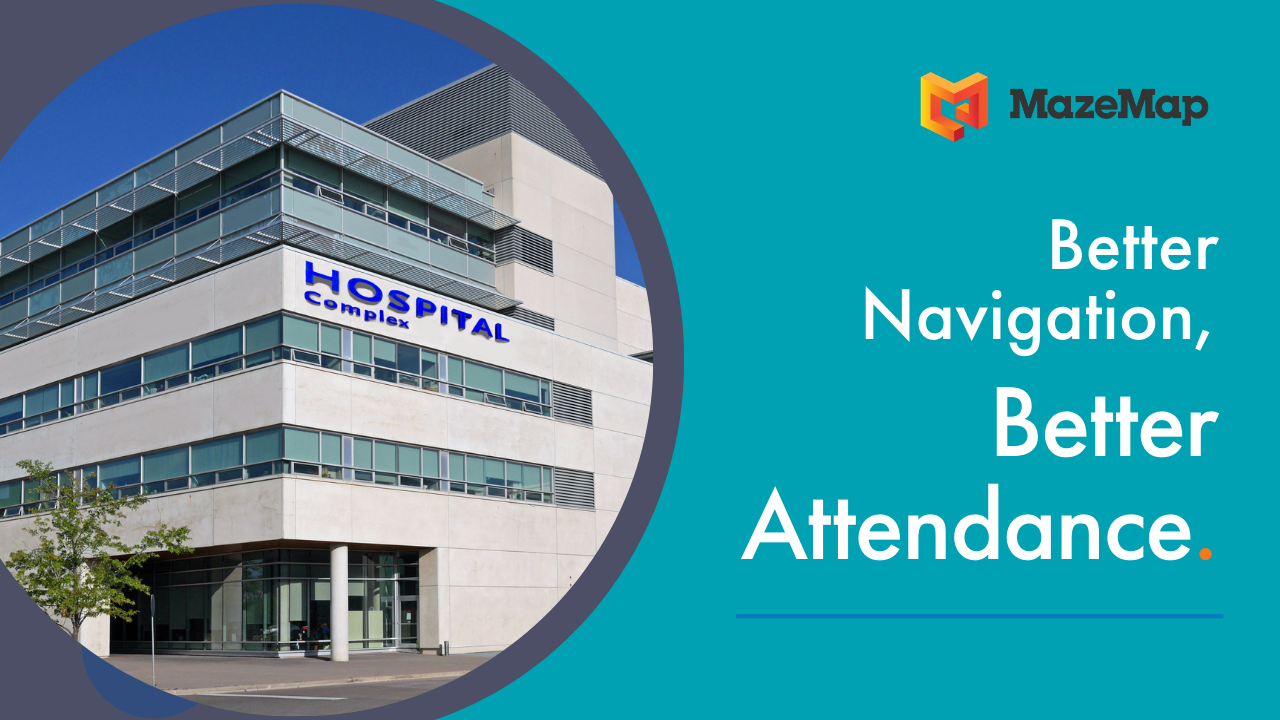Digital transformation is not a new concept, but many hospitals have been slow to adopt this approach. After the pandemic highlighted weaknesses in the healthcare sector, many hospitals have now begun to adopt a smarter approach. This new approach allows the healthcare sector to improve processes, monitor equipment, get real-time insights and collect important data to improve patient care.
In this article, we delve into the technologies that hospitals can adopt to help them take a more patient-centric approach to healthcare.

Asset tracking
According to a study on misplaced equipment in a hospital setting, 1 in 3 nurses spend an hour or more per shift looking for equipment. That’s approximately 40 hrs per month for each nurse. The study concluded that 16% of the nurses can’t find what they need and have to give up looking. With medical equipment tracking software, medical staff can see where equipment is located in real-time on a map. They can get directions to the desired asset via the fastest possible route, allowing them to spend more time focusing on patient care.
Digital equipment maintenance
There are many equipment monitoring systems on the market today that can predict equipment failures before they happen. For example, systems can monitor oxygen output in the ICU and send doctors an alert if oxygen levels begin to decrease. This smart hospital technology allows staff to stay on top of equipment maintenance and reduce instances of equipment failures that can lead to tragic outcomes.
Smart hospital management systems
Hospitals are complex organizations with a lot of people, equipment and processes to keep track of. Having a central tool to monitor building data and visualize data can help hospital staff to streamline workflows and take away a lot of the manual work. Management systems like this allow you to integrate with your FMS, create digital twins of your buildings and monitor occupancy across the hospital complex. HVAC systems can be controlled remotely to create a more comfortable environment for patients. Occupancy monitoring and heatmaps can also help you to identify which areas of the hospital are less well-used and could be repurposed to create more space or beds for patients.

Patient monitoring
Patient monitoring can help staff identify important information about individual patients, such as allergies, medical conditions and fall risk. Digital displays outside of the patient's room can highlight this important medical information, alongside their patient notes. Smart hospital beds measure a patient's vitals, sending an alert to medical staff if their condition is deteriorating. Patient tracking can also be set up for patient safety, showing staff a real-time overview of where patients are around the hospital.
Patient entertainment & comfort
When focusing on improving the patient experience, hospitals can consider hands-free entertainment systems that allow patients to make video calls with loved ones, watch TV and listen to podcasts. Systems like this can also allow patients to communicate with medical staff and submit their food choices for upcoming meal times.
Smart diagnostics
The use of AI to help with the diagnosis of conditions and diseases speeds up the healthcare process for patients so that they don’t have to wait as long for results to be analyzed. For example, instead of blood samples being sent away for analysis, there is technology available today that can analyze the samples on the spot. Treatment or management plans can then be put in place quickly, allowing patients to feel more in control of their health.

Navigation
Digital wayfinding for hospitals helps both patients and staff to locate amenities, specific departments or rooms, available parking spaces and bus stops. Indoor and outdoor directions can be combined to provide users with directions from their homes, right up to a specific place inside of the hospital. If hospitals want to add an extra level of certainty, indoor positioning can be used to show users their live position in the hospital complex. This not only saves patients time when planning their hospital visit, but also helps contribute to a more positive hospital experience.
If you’d like to learn more about MazeMap’s mapping, asset tracking and occupancy monitoring solutions, reach out to a medical sales expert to arrange your free demo.











